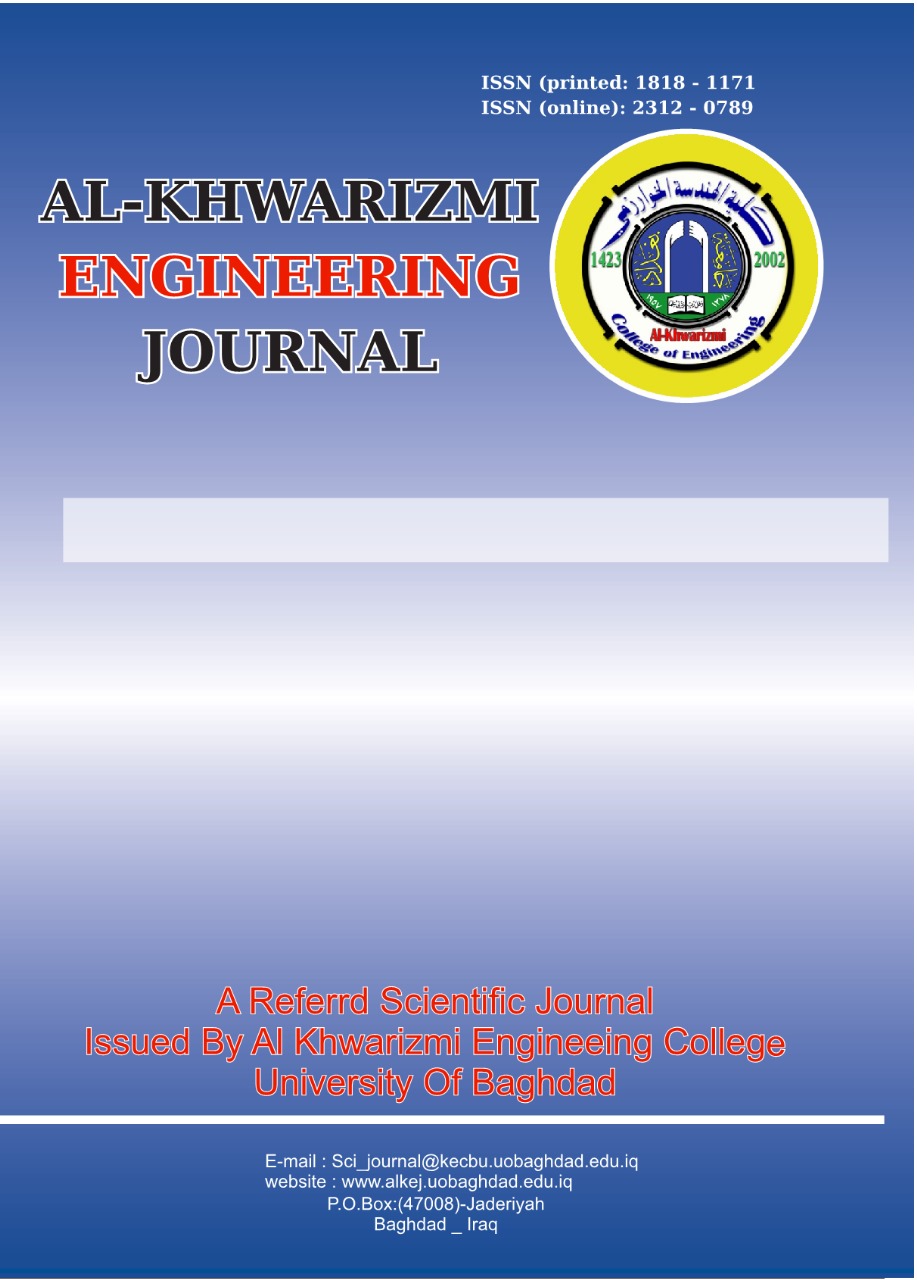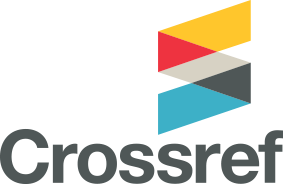Development and Implementation of an Automated Production Line Training System
DOI:
https://doi.org/10.22153/kej.2025.02.003Keywords:
Automated production line; Programmable logic controller; Training system; SCADA .Abstract
Industrial automation has significantly enhanced productivity, efficiency, and product quality by integrating advanced technologies such as robotics, artificial intelligence, and IoT. This study focuses on rehabilitating and developing the DL-MS6000 automatic industrial production line training system at the Ministry of Higher Education and Scientific Research in Baghdad, Iraq. The system, comprising six stations controlled by six PLCs, had issues, including hardware failures, the need for periodic updates, and a lack of SCADA control. The development process replaced the six PLCs with a single CYMON PLC and eliminated the need for CC-Link network devices, reducing system complexity and cost. The system was optimized using a new control algorithm. The system achieved high precision, zero steady-state error, and a settling time of 40 ms by using the Root Locus method in the MATLAB program. Additionally, a SCADA/HMI system was implemented to enhance control and monitoring. The newly developed system offers increased reliability, cost-efficiency, and ease of use, making it a suitable tool for educational purposes in university training rooms.
Downloads
References
[1] L. Monostori, “Cyber-physical production systems: Roots, expectations and R&D challenges,” in Procedia CIRP, Elsevier B.V., 2014, pp. 9–13. doi: 10.1016/j.procir.2014.03.115.
[2] Industrial Informatics, 2009, INDIN 2009, 7th IEEE International Conference on : date, 23-26 June 2009. IEEE, 2009.
[3] F. Loch, G. Koltun, V. Karaseva, D. Pantförder, and B. Vogel-Heuser, “Model-based training of manual procedures in automated production systems,” Mechatronics, vol. 55, pp. 212–223, Nov. 2018, doi: 10.1016/j.mechatronics.2018.05.010.
[4] H. helal Hadi and M. Y. Salloom, “Pneumatic Control System of Automatic Production Line Using Two Method of SCADA/HMI Implement PLC,” Al-Khwarizmi Engineering Journal, vol. 15, no. 3, pp. 16–28, Sep. 2019, doi: 10.22153/kej.2019.06.006.
[5] J. Li, “Application Research of Vision Sensor in Material Sorting Automation Control System,” in IOP Conference Series: Materials Science and Engineering, Institute of Physics Publishing, Apr. 2020. doi: 10.1088/1757-899X/782/2/022074.
[6] H. Wan, S. Ge, P. Han, F. Li, and S. Zhang, “Design and control of multifunctional sorting and training platform based on PLC control,” in AIP Conference Proceedings, American Institute of Physics Inc., May 2018. doi: 10.1063/1.5039035.
[7] K. Sasidhar, S. Faiz Hussain, S. A. Safdar, and A. Uddin, “Design and Development of a PLC Based Automatic Object Sorting,” 2017. [Online]. Available: www.rsisinternational.org
[8] Y. E. Li, “The Design of Practice Training System Based on PLC Programmable Automatic Control.”
[9] A. Beltran et al., “Automation of Packaging and Material Handling Using Programmable Logic Controller,” 2014.
[10] N. Liang and J. Xiao, “Design of Automatic Production Line Training System Based on PLC,” 2013. [Online]. Available: http://www.sensorsportal.com
[11] “E3X E3X 2 Fiber-Optic Photoelectric Sensor E3X High Performance Amplifier Has Fast Response Time, Longer Sensing Distance and Self-Diagnostic Functions Ordering Information.”
[12] “BEN Series.”
[13] S. E. Navarro et al., “Proximity Perception in Human-Centered Robotics: A Survey on Sensing Systems and Applications,” Aug. 2021, doi: 10.1109/TRO.2021.3111786.
[14] J. E. Garner, C. E. Lee, L. Huang, J. E. Garner, and L. Huang, “Photoelectric Sensors for Counting and Classifying Vehicles.”
[15] “CR Series Cylindrical, Capacitive type proximity sensor.”
[16] “Inductive / Capacitive Proximity Sensor.”
[17] T. Grosse-Puppendahl et al., “Finding common ground: A survey of capacitive sensing in human-computer interaction,” in Conference on Human Factors in Computing Systems - Proceedings, Association for Computing Machinery, May 2017, pp. 3293–3316. doi: 10.1145/3025453.3025808.
Downloads
Published
Issue
Section
License
Copyright (c) 2025 Al-Khwarizmi Engineering Journal

This work is licensed under a Creative Commons Attribution 4.0 International License.
Copyright: Open Access authors retain the copyrights of their papers, and all open access articles are distributed under the terms of the Creative Commons Attribution License, which permits unrestricted use, distribution, and reproduction in any medium, provided that the original work is properly cited. The use of general descriptive names, trade names, trademarks, and so forth in this publication, even if not specifically identified, does not imply that these names are not protected by the relevant laws and regulations. While the advice and information in this journal are believed to be true and accurate on the date of its going to press, neither the authors, the editors, nor the publisher can accept any legal responsibility for any errors or omissions that may be made. The publisher makes no warranty, express or implied, with respect to the material contained herein.















